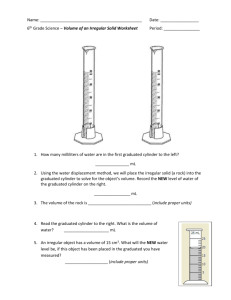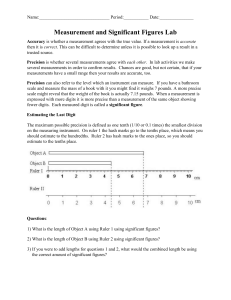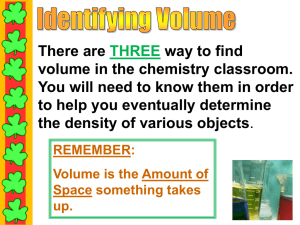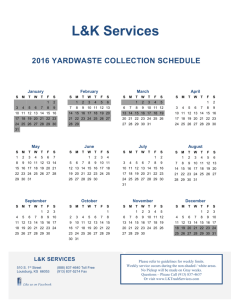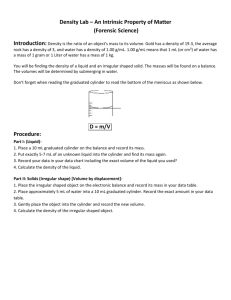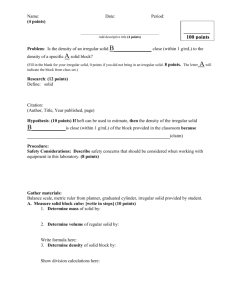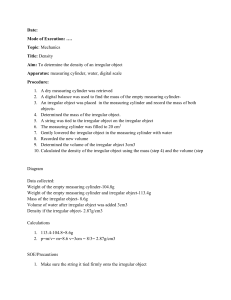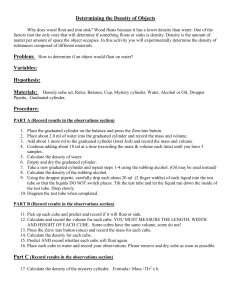KramarGS 9_7
advertisement
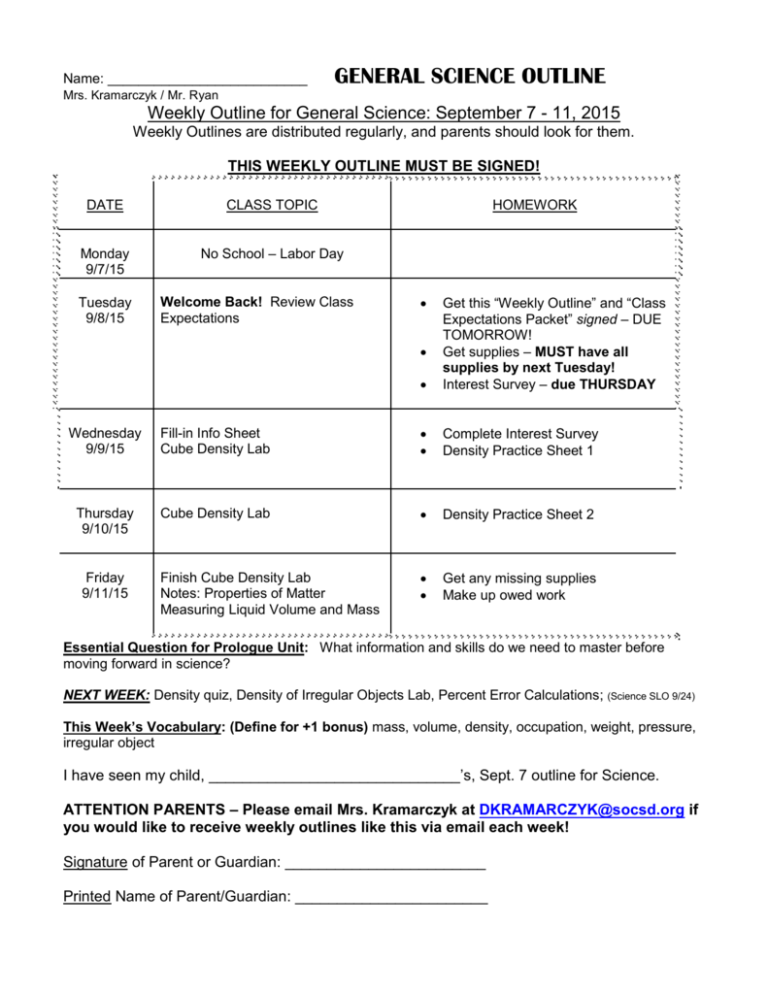
Name: __________________________ GENERAL SCIENCE OUTLINE Mrs. Kramarczyk / Mr. Ryan Weekly Outline for General Science: September 7 - 11, 2015 Weekly Outlines are distributed regularly, and parents should look for them. THIS WEEKLY OUTLINE MUST BE SIGNED! DATE CLASS TOPIC Monday 9/7/15 No School – Labor Day Tuesday 9/8/15 Welcome Back! Review Class Expectations HOMEWORK Get this “Weekly Outline” and “Class Expectations Packet” signed – DUE TOMORROW! Get supplies – MUST have all supplies by next Tuesday! Interest Survey – due THURSDAY Wednesday 9/9/15 Fill-in Info Sheet Cube Density Lab Complete Interest Survey Density Practice Sheet 1 Thursday 9/10/15 Cube Density Lab Density Practice Sheet 2 Finish Cube Density Lab Notes: Properties of Matter Measuring Liquid Volume and Mass Get any missing supplies Make up owed work Friday 9/11/15 Essential Question for Prologue Unit: What information and skills do we need to master before moving forward in science? NEXT WEEK: Density quiz, Density of Irregular Objects Lab, Percent Error Calculations; (Science SLO 9/24) This Week’s Vocabulary: (Define for +1 bonus) mass, volume, density, occupation, weight, pressure, irregular object I have seen my child, ______________________________’s, Sept. 7 outline for Science. ATTENTION PARENTS – Please email Mrs. Kramarczyk at DKRAMARCZYK@socsd.org if you would like to receive weekly outlines like this via email each week! Signature of Parent or Guardian: ________________________ Printed Name of Parent/Guardian: _______________________ Density Review: Triple beam balances measure mass in grams Volume of a regular object (square or rectangle) is found using a ruler and is measured in cm3 or mL using the formula, volume = length x width x height Density is calculated by density = mass / volume, and the unit for density is g/cm3 or g/mL Water’s density is 1 g/mL, so objects denser than 1 g/mL will sink to the bottom in water. An object less dense than water will float at a particular level, based on its exact density Density of A is about 0.2 g/mL since about .2 of the block is below the water Density of B is about 0.7 g/mL since about .7 of the block is below the water Density of C is about 1.0 g/mL since the block is floating exactly in the middle of the cup The volume of an irregular object (not cubic or rectangular) can be found using a graduated cylinder- Put some water in the cylinder and record the Original Volume of the water. Slide the object into the cylinder and record the New Volume in the cylinder. Subtract: New Volume – Original Volume = Volume of irregular object
